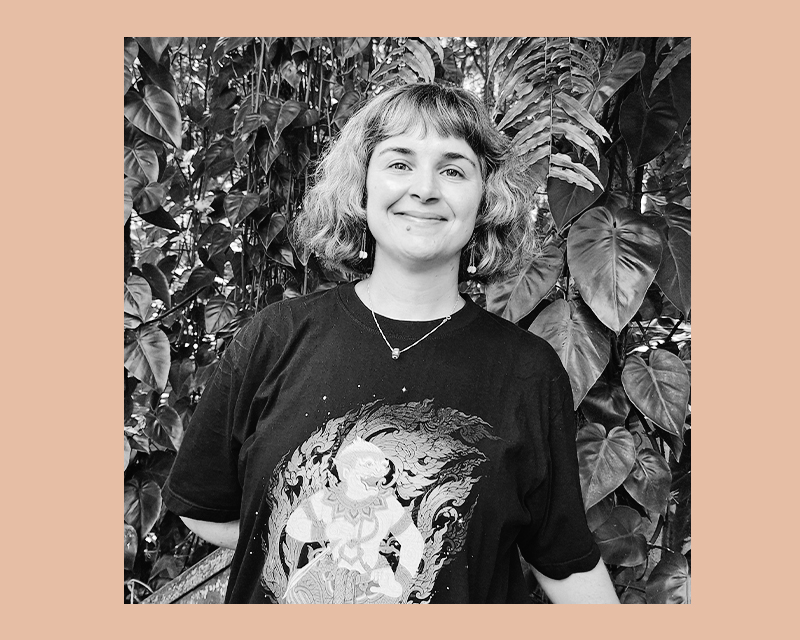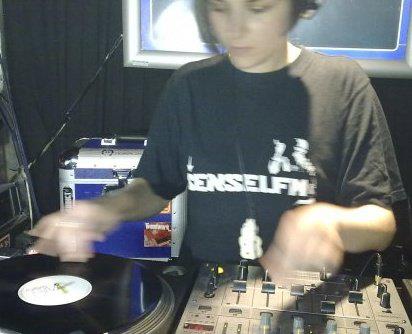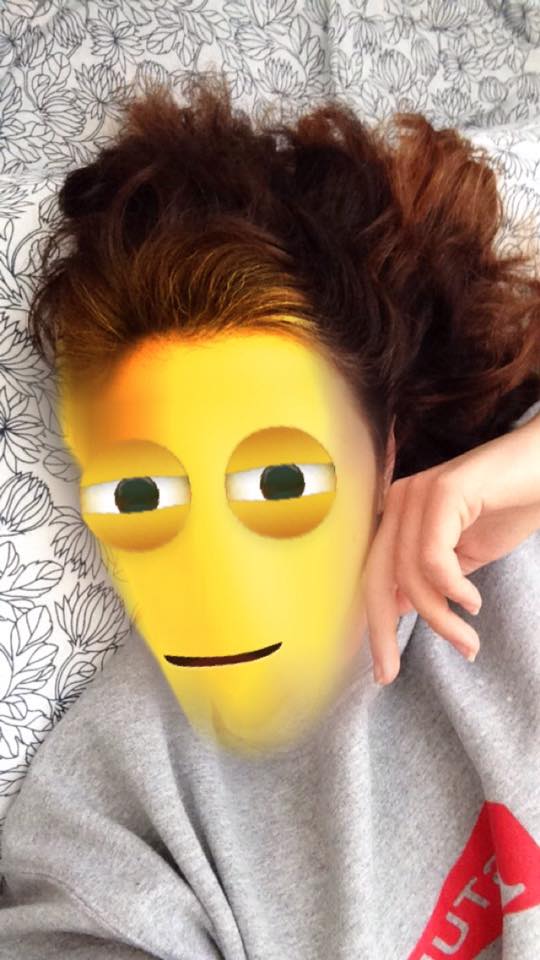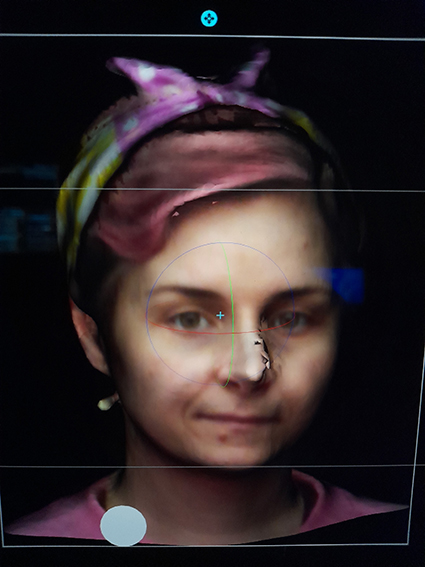
Creative Profile: jda
jda is a mixed media artist, using graphic design, photo manipulation, video, animation, sound, drawing, sculpture and painting to explore themes of her cultural duality. Born in Sydney to Australian and Turkish parents, jda was an avid collector of hip hop music as a child, which led to a dj career in her teens. In 2012, she studied digital art at Southbank University in London and began creating video art for live music and dj performances. Returning to Australia, she has continued to develop her skills in graphic design, video effects, animation and web development. jda has been involved in the curation of exhibitions and displayed work in Sydney, London, Tokyo, New York, Athens and Bangkok.
Do you think being of mixed cultural background means you take a more analytical approach to the expression of cultural identity through creative practice?
I feel like I’ve spent my whole life navigating a mixed cultural identity that has often brought up questions of belonging for me. So, when I’m working now, using cultural symbols to explore my identity through my practice is definitely at the forefront of how I try to make sense of myself in the world.
What was the advantage of studying digital art in London?
I was working at Sounds of the Universe record shop while studying and started to make music videos for their Soul Jazz Record label, and running an internet radio station called Sensei FM with a group of Hip Hop DJs. It was such a fertile time, making videos, backdrops for parties, flyers, posters. Just being in a melting pot London scene of jazz, hip-hop, house (and more!) influenced me so much to shift into creating visual art that was responding to the music.

As you navigate the world as a woman, you say you like to “weaponize our collective consumerism to deflect the male gaze”. Can you explain how you try to do this?
When I talk about weaponising consumerism, I mean flipping the tools of capitalism back on themselves. Patriarchy, capitalism, and consumerism go hand in hand, so I use the same strategies - glossy visuals, slogans, cartoonish imagery, I twist them to reveal their absurdity and emptiness. Sometimes I’ll simply present an object stripped of its advertising gloss, other times I parody the campaigns themselves. As an artist and graphic designer, I’m using the very language of consumerism to deflect the male gaze and critique power.
What do you think using humour and satire in your work enables you to achieve?
I’m a funny gal, always have been. I think humour being such a large part of my personality and the way I express myself naturally comes into my work. I love making people laugh, I see humour as a great way to disarm people, and satire can help you say an awful lot without being heavy-handed. That balance of playfulness and honesty feels true to how I communicate in life, and it’s also how I connect with people through my work. I want people to share in some joy with me while also thinking a bit.
Can you describe how your work blurs the lines between the physical and digital?
My work moves back and forth between physical and digital. I’ll build objects or collages and then animate or scan them, or create something digitally and remake it physically, layering both worlds.

Why do you like being unsure of where the border lies between reality and fantasy?
I like art that tickles the brain, real enough to grasp, yet fantastical enough to stretch the imagination. One of my favourite artists, Kara Walker does this masterfully: her paper cutouts speak to the raw history of slavery while creating detailed obscure narratives that make you wrestle with them. Also a favourite, Kubrick’s 2001: A Space Odyssey works the same way; you’re given just enough to follow the storyline, but left scrambling to make sense of it all.
I like art that leaves space for your mind to grapple, the experience becomes personal, because you’ve had to work to arrive at your own understanding.
What has curating and taking exhibitions of digital work overseas taught you?
It’s taught me how much connection there is to be made across mediums. I have found myself working in spaces with painters or sculptors, and sometimes I’ve been the only digital artist in the room. At first that can feel a bit unusual, but what I’ve learned is that people are really open and receptive to digital work and looking for new ways to collaborate.

Is your work responded to differently by audiences in Asia and Europe?
The responses tend to be unique to individuals rather than tied to a region. People are generally very receptive and curious, especially because of my mix of mediums in exhibition spaces. A sculpture made from reused materials might sit alongside a collage, a screen, or even an interactive piece. That variety seems to capture people’s attention, and audiences are usually drawn into the themes and into the play between the different forms.
Are contemporary audiences more receptive when ideas are expressed using advanced technologies?
I do think younger people, who’ve grown up with screen technology are especially receptive. What surprises me is that institutions and collectors are slower to embrace it. For example MoMA only staged its first dedicated video art exhibition in 2023, and art fairs still tend to favour tangible artefacts, which makes selling digital work harder. But I think overall, audiences are open and curious. And now, with AI reshaping how we use technology, I find myself starting to think more about exploring physical works, almost as something new.
Article by Tamara Winikoff
Tamara Winikoff is an independent consultant with extensive experience in arts advocacy, policy, and cultural leadership. She was a a founding member of the Inner West Creative Network and served as Executive Director of the National Association for the Visual Arts (NAVA) for 22 years, championing artists' rights and sector development. As Co-convenor of ArtsPeak, she coordinated national arts policy initiatives. Previously, she managed the Community, Environment, Art and Design (CEAD) program at the Australia Council for the Arts and lectured in Cultural Environment and Heritage at Macquarie University. Based in Sydney, she continues to influence the cultural landscape through strategic consultancy.
